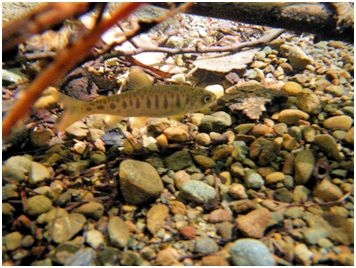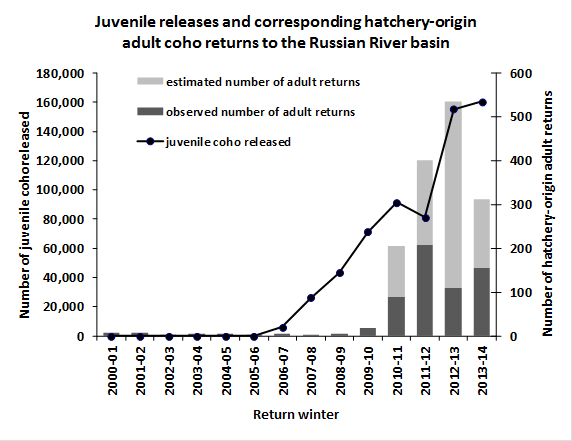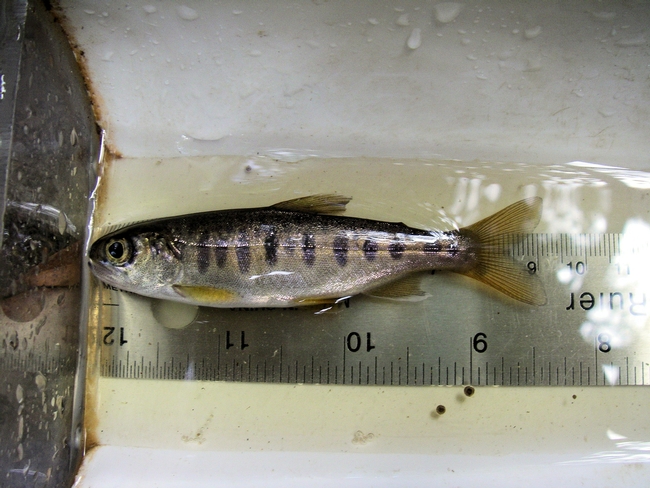UCCE and California Sea Grant recently received a grant from the U.S. Army Corps of Engineers to continue an Endangered Coho Salmon Monitoring Program in the Russian River. Eleven fisheries biologists from Scripps Institution of Oceanography at UC San Diego are working with California Sea Grant and UCCE in Sonoma County to monitor the health and survival of juvenile coho salmon released into tributaries of the Russian River as part of the Russian River Coho Salmon Captive Broodstock Program (RRCSCBP). The Broodstock Program was initiated by the California Department of Fish and Wildlife (CDFW), National Marine Fisheries Service, the U.S. Army Corps of Engineers and the Sonoma County Water Agency in the late 1990's to recover endangered coho salmon populations by stocking offspring of captive-reared coho salmon raised at Don Clausen Warm Springs Hatchery into historic coho salmon tributaries within the Russian River watershed.
Since 2004, University of California Cooperative Extension and California Sea Grant fisheries biologists have worked with agency partners to create and implement a monitoring program to evaluate the effectiveness of the RRCSCBP by documenting whether released coho are surviving in the streams in which they are stocked and returning as adults to spawn. The program has documented the return of hundreds of adult fish that are successfully spawning in Russian River tributaries, up from three to five adults returning each year prior to the recovery programs inception. Drought conditions were likely responsible for a decline in returning adults in 2013/2014.
Taking measurements on juvenile coho salmon


